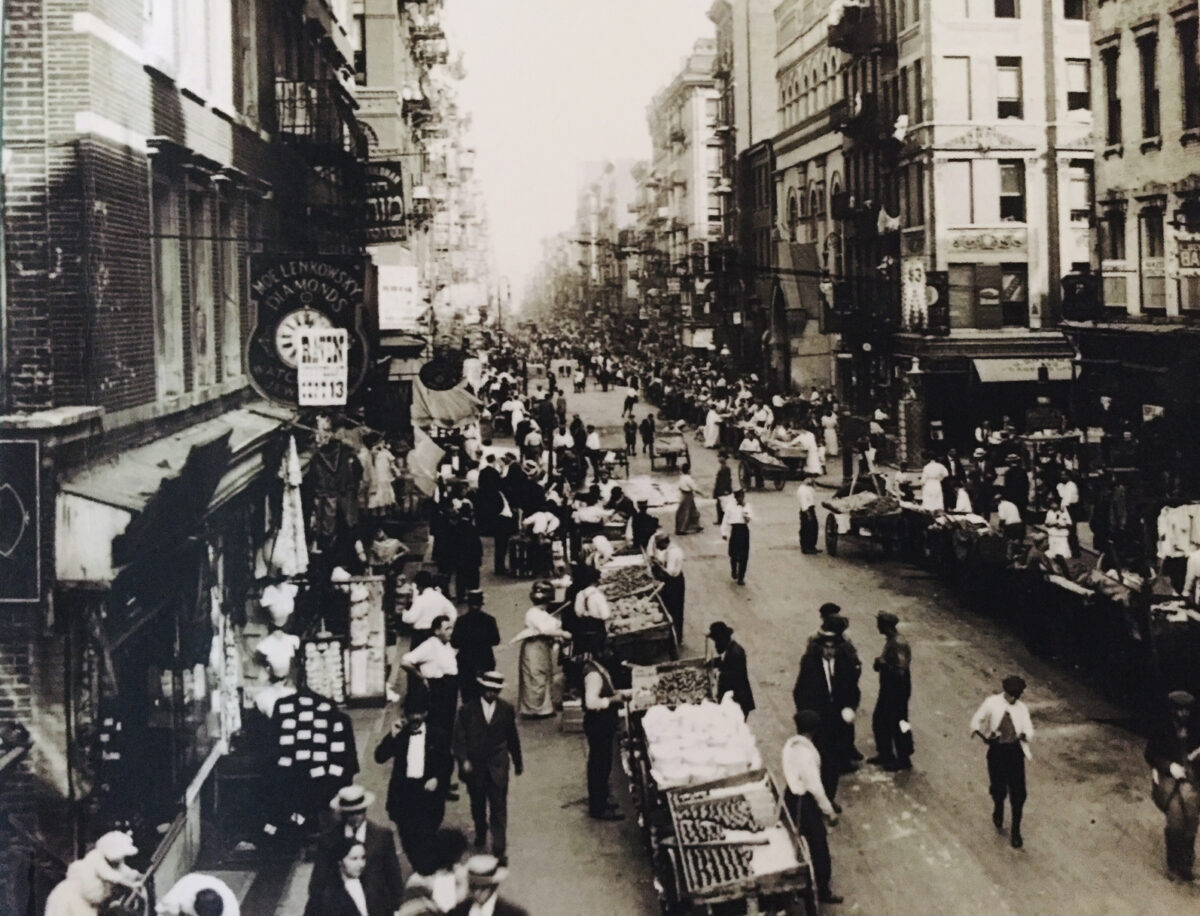Since the end of the 19th century, more Jews have lived in NewYork than in any other city. And for a time in the mid-20th century, Jews comprised one-third of its population, surpassing the number of Jews residing in both Tel Aviv and Jerusalem.
The city’s status as a Jewish center is such that, in 1930, the 1.8 million Jews in its five boroughs more or less equalled the combined Jewish population of Germany, Romania, Lithuania, Latvia and Palestine, says Daniel Soyer, the editor of The Jewish Metropolis: New York City From the 17th to the 21st Century, published by Academic Studies Press.
In this fascinating volume of thoughtful essays, written by a panoply of scholars, New York’s intensely rich Jewish dimension is thoroughly explored and explained.
From the 19th century onward, Ashkenazic and Sephardic Jews arrived in New York in waves, but the city only emerged as the largest center of Jewish life after the 1880s, when a series of pogroms in the Russian empire drove more than two million Jews to the United States.
From the late 1940s until the mid-1960s, close to 50 percent of all Jewish immigrants arriving in the U.S. settled in the city. The overwhelming majority were initially from the Soviet Union, Poland and other East European countries, but subsequently, Egyptian, Iraqi, Syrian and Lebanese Jews joined them.
As Soyer points out in the introduction, New York in 1775 was home to only 400 Jews, comprising 1.6 percent of its population. “No one yet saw any particular connection between New York and Jews,” he says.
But by 1880, with 80,000 Jews, New York had become a significant Jewish population center. By the 1920s, Jews had dispersed from the Lower East Side to neighborhoods in Manhattan, Brooklyn and the Bronx, and were closely associated with the ready-made garment industry, especially in women’s wear.
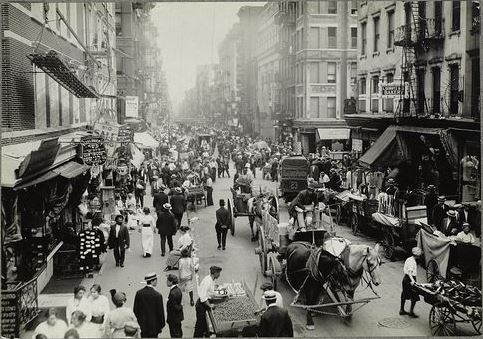
With Jews moving to the suburbs after World War II, the city’s Jewish population fell to under one million. Some neighborhoods, like Brownsville in Brooklyn and much of the Bronx, lost most of their Jewish residents.
After half a century of decline, New York Jewry began to grow, shored up by Soviet immigrants and Orthodox and ultra-Orthodox Jews, a great many of whom live in the Williamsburg and Crown Heights neighborhoods.
The first group of Jewish immigrants arrived in the Dutch colony of New Amsterdam, as New York was then called, from Brazil in 1654. None of the 23 Sephardi refugees stayed long on Manhattan island, and were replaced by immigrants from Europe, the Caribbean and elsewhere in North America.
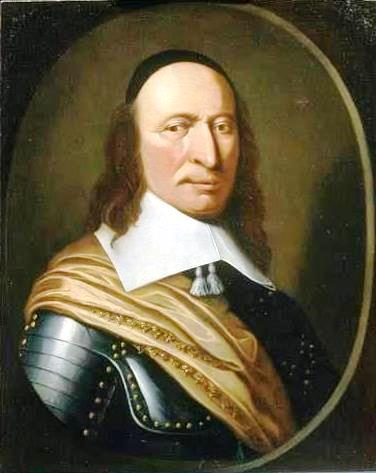
The earliest Jewish arrivals were met by hostility from the governor, Peter Styvesant, and were subjected to restrictions. Conditions gradually improved. In 1777, New York State became the first to grant Jews political equality with Christians. By then, the first synagogue, Shearith Israel, had been built. Three hundred Jews lived in New York in the mid-18th century. But the Jewish communities of Jamaica, Suriname and Curcao were bigger, says essayist John Dixon.
During the 19th century, New York became the world’s largest center of Jewish life as Jews poured in from the German states, the Austro-Hungarian empire and France. During this formative period, New York was transformed into the United States’ first “global” city. By 1860, nearly half of its inhabitants were foreign-born.
Persecution prompted 1.4 million Russian Jews to settle in the United States between the turn of the 19th century and the start of World War I in 1914. Upwards of 90 percent remained in New York. On average, 44 percent were women and 25 percent were children under 14. Many of the men were skilled craftsmen.
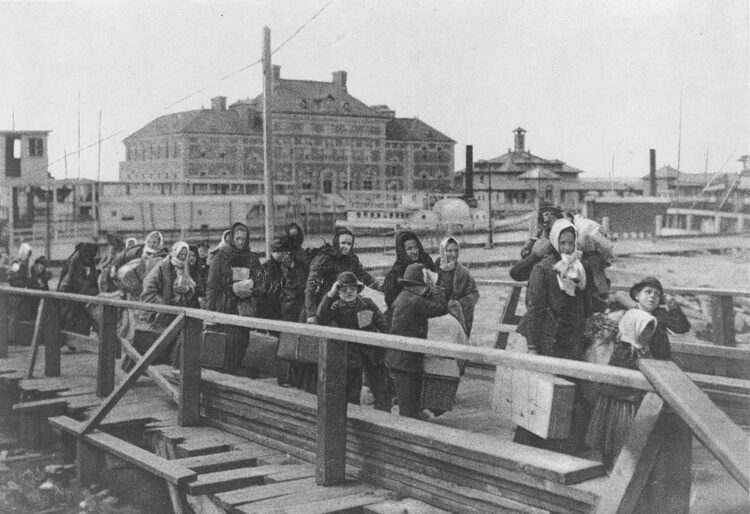
The Jewish community experienced rapid growth from 1880 to 1905, rising from 60,000 to 1.3 million. The newcomers mostly lived in tenements, which were often unfit for human habitation. Poverty pushed some into crime. In 1908, police commissioner Theodore Bingham wrote that a majority of the criminals in the city were immigrants, and half were Jews.
“Many Jewish criminals were convicted of theft, dealing in stolen property, breaking and entering, and fraud,” writes Gur Alroey. “Only two percent were convicted of murder. Jews were grossly overrepresented in the sex trade as compared to every other ethnic group.” Of 2,093 prostitutes arrested in 1908, about 14 percent were Jewish.
More Jews spoke Yiddish than English in 1920s New York. Of the 52 languages spoken in the city, Yiddish had the most speakers. That being the case, New York was a hub of the Yiddish theater. The first Yiddish play was performed in 1882. By 1918, there were 20 Yiddish theatres on the Lower East Side. Yiddish theater encompassed dramas, melodramas, comedies, vaudeville and the avant garde.
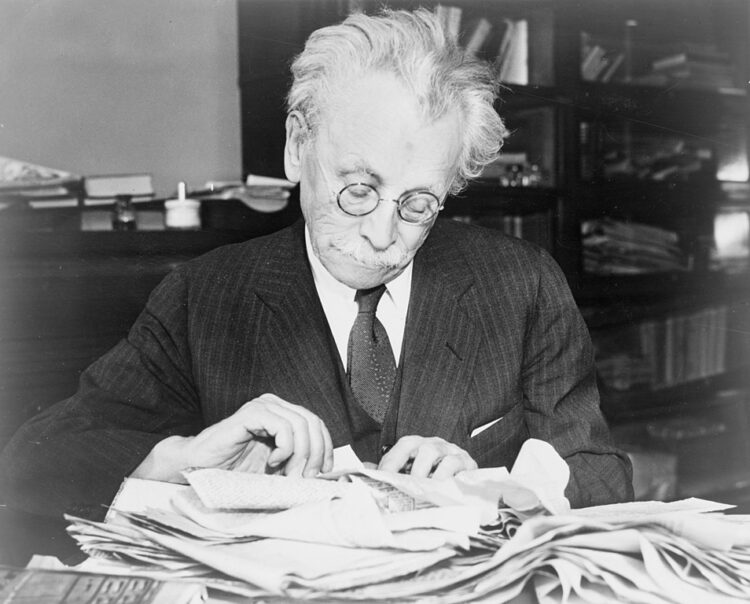
The first Yiddish newspaper appeared in 1870, bankrolled by Tammany Hall in the hope of reaching potential Jewish voters. The Yiddish press blossomed, with the most widely read daily being Abraham Cahan’s Jewish Daily Forward.
Devin Naar’s essay on Sephardi Jews speaks volumes. Up to 60,000 Jews from the Ottoman Empire arrived in New York between the late 19th century and 1924, when the white supremacist Immigration Restriction Act went into effect. Comprising less than five percent of the Jewish population, Levantine Jews were denigrated by European Jews as Jewish imposters. Astoundingly enough, some Ashkenazic Jews denied they were not “real” Jews because they did not speak or understand Yiddish. Prior to World War II, marriages between Yiddish and Ladino-speaking Jews were uncommon.
Despite being held in low regard by some Ashkenazim, Sephardi Jews climbed the ladder of success. Murray Perahia and Maurice Abravanel respectively became a classical pianist and the conductor of the New York Metropolitan Opera. Daniel Carasso was the founder of Danon Yogurt, which popularized the Ottoman delicacy in the U.S. market.
The Jewish community has produced a raft of creative writers. Cahan, the Yiddish newspaper editor, wrote the novel The Rise of David Lewinsky. Henry Roth produced Call It Sleep.
As Deborah Dash Moore observes, Jewish builders have left a lasting impression in New York. Some of them got their start in Brownsville, Williamsburg, Borough Park and Queens, building high-density apartment buildings and residential homes. Still others focused on skyscrapers. The Tishman family built the doomed World Trade Center.
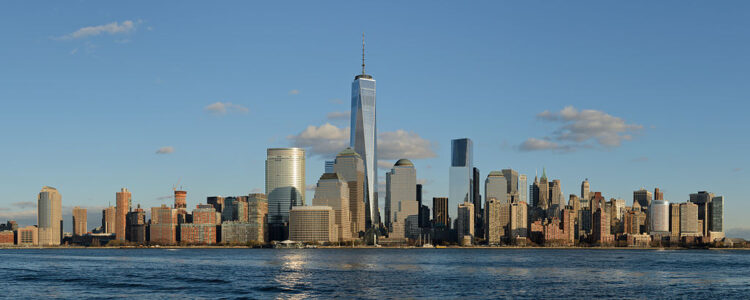
New York Jews have played a key role in promoting the liberal, progressive and social democratic values that have been synonymous with politics in the city. He cites several names. Belle Moskowitz was an advisor to Al Smith, the governor of the state. Fiorello La Guardia, who was half-Jewish but considered himself Italian, was the mayor. Jacob Javits, a rare Republican, was active from the late 1950s until the early 1970s.
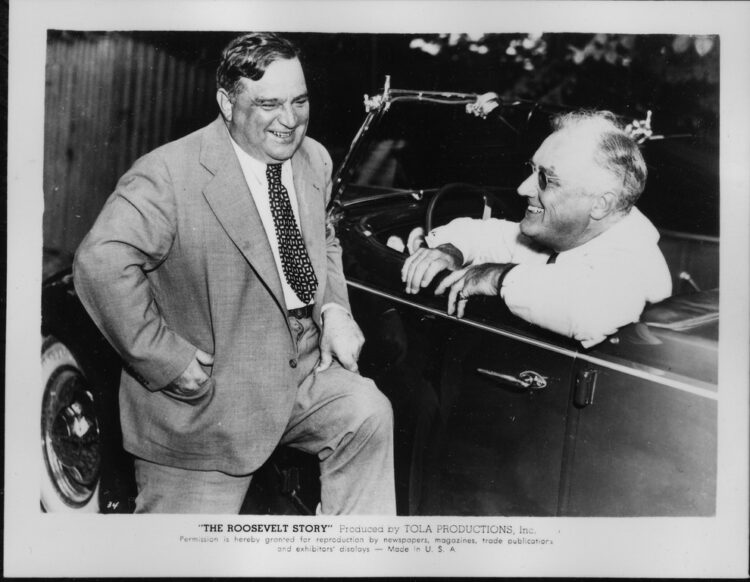
These informative and erudite essays shine a light on a city that supposedly never sleeps and on a community that has had a tremendous impact on it. The Jewish Metropolis takes its place as an invaluable source on the Big Apple.
